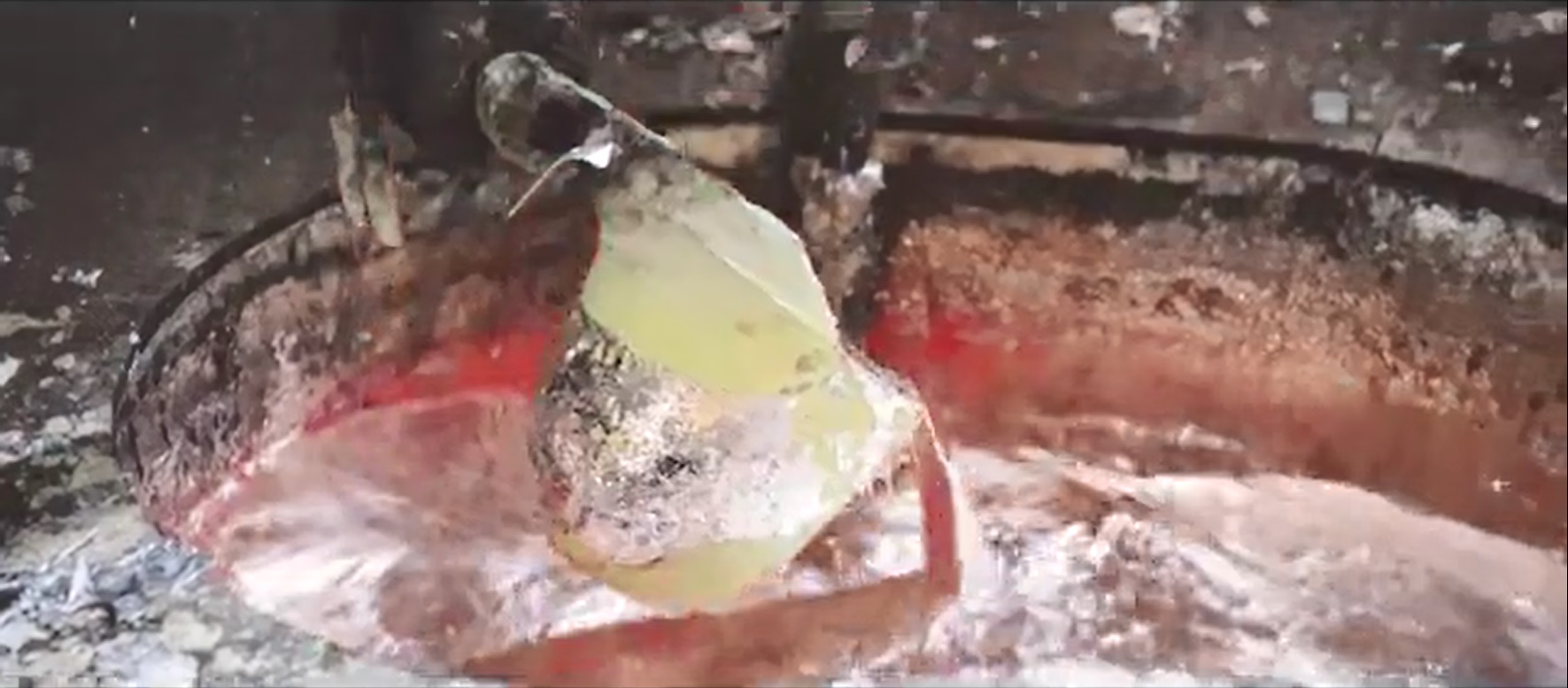รูปแบบอีเมลผิดพลาด
emailCannotEmpty
emailDoesExist
pwdLetterLimtTip
inconsistentPwd
pwdLetterLimtTip
inconsistentPwd


การหล่อของคุณสะอาดแค่ไหน?
How clean are your castings?

If you have experienced impurities in your die castings you understand that it can be a costly defect. Hidden impurities can damage or destroy machining tools and can even affect the integrity of the part. If you detect impurities in your die castings, your options are limited because impurities are not visible on the surface of the casting. Large quantities of parts may need to be scrapped to avoid damaging expensive machining tools. It is important that the castings you purchase are produced with high-quality metal. Keep reading to learn the top 3 impurities that can affect metal quality so you can have an informed discussion with your die caster.
How do you know if your die caster is using quality metal?
While individual castings can be melted and tested for quality there are better options available to determine the quality of the metal being utilized in your application. A thorough evaluation of your supplier’s metal handling systems will indicate if they are capable of consistently producing high quality castings.
Before we discuss the systems metal casters should have in place, we should have a basic understanding of impurities in aluminum.
There are 3 primary impurities in aluminum:
- Aluminum Oxides
- Sludge
- Hydrogen
What are Aluminum Oxides?
We won’t bore you with a chemistry lesson on aluminum. However, it is important to understand this: Aluminum is a very reactive element and likes to react with oxygen. Any exposed surface of aluminum immediately reacts with oxygen to form aluminum oxide (AL2O3). If you have an aluminum casting sitting on your desk, the entire outside surface is an aluminum oxide skin. The surface of the molten aluminum bath is also covered in a thin layer of aluminum oxide. These oxides become entrained in the bath when turbulence occurs inside the furnace. Turbulence or splashing of molten metal in the furnace can occur from adding raw material (ingot), ladling metal for casting, cleaning the furnace, and impingement of the burner flame. Turbulence ripples the aluminum oxide surface exposing fresh aluminum to oxidation. Constant turbulence can rapidly create large quantities of oxides in the furnace.
This oxidation reaction is accelerated as the temperature of the aluminum and oxygen increase. The air temperature inside an aluminum melting furnace can exceed 2000F. These conditions are ideal for rapid aluminum oxide growth on the surface of the bath and also on the refractory walls of the furnace. Once an aluminum oxide has formed it will continue to grow in the right conditions exist. Oxides have been known to fill entire furnaces in a matter of months if furnaces are not maintained.
If oxides are not removed using regular cleaning, they will continue to grow and increase in density. Aluminum oxides can eventually become corundum, which is as hard as a diamond. These “hard spots” can find their way into casting and will damage machining tools during secondary machining operations.
Sludge
Sludge is the sediment of iron, manganese, and chromium which have come out of solution. Sludge forms when the temperature of the molten metal is insufficient to keep these elements in solution. Sludge can make its way into the ladle cup and be trapped in a casting. Sludge, just like corundum, will damage or break machining tools during secondary machining operations.
The sludge Factor is used to determine the likelihood of sludge forming.
Sludge Factor is calculated using this equation = (1*Fe%) +(2*Mn%) +(3*Cr%)
You will experience minimal sludging If the Sludge Factor is less than 2.0 and your die caster maintains a furnace temperature above 1200F. Sludge factors must be specified when purchasing raw material. Also, your die caster should be monitoring the sludge factors daily in each melting furnace with a spectrometer.
Hydrogen
Hydrogen is absorbed into molten aluminum from the atmosphere inside the furnace. While hydrogen content may be very important in gravity die casting, it is less of a concern in pressure die casting. The high pressures used in die casting can compress normal amounts of hydrogen. Your die caster should still be aware of the hydrogen content in their furnaces if they are producing high integrity die castings.
Above, we highlighted the 3 primary impurities in aluminum that must be controlled to produce the best quality castings.

